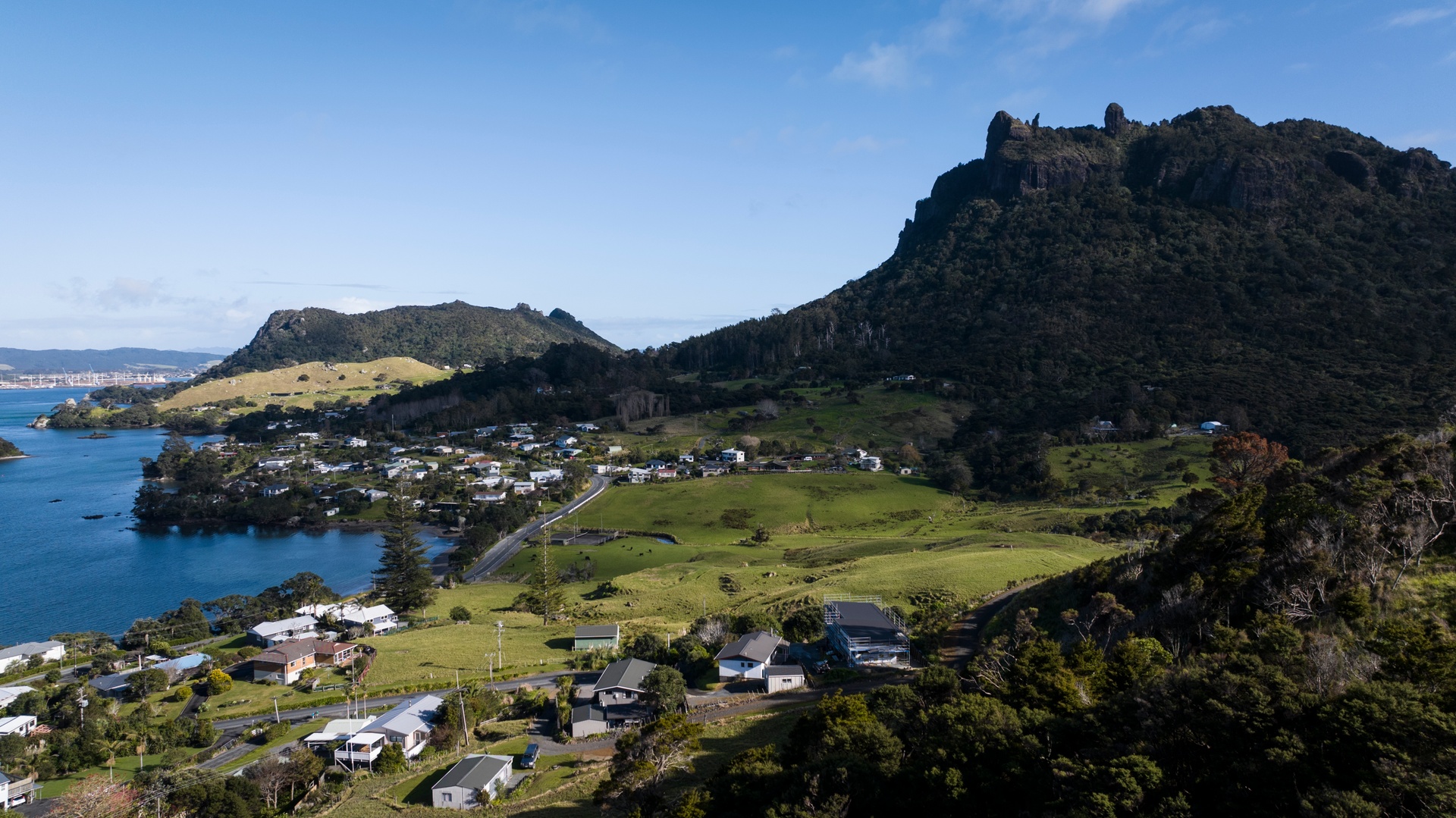Spatial Planning Act and Natural and Built Environment Act
24 Aug 2023, 10:36 AM
Northland Regional Council members have welcomed the passing of the Spatial Planning Act and Natural and Built Environment Act (NBA) which marks New Zealand’s transition to a new resource management system.
These laws have been designed by central Government to one day work in tandem with a Climate Change Adaptation Act, and together the three Acts are intended to eventually replace the Resource Management Act (RMA).
Council Chair Tui Shortland says while the new acts take effect Thursday, 24 August the Government is adopting a phased approach to transition, with a full shift to the new system expected to take between seven and 10 years.
The chair of council’s Natural Resources Working Party Amy Macdonald says regions will transition to the system in tranches at different times.
“Decisions on the timing of each region’s transition will be made by the Minister for the Environment.”
Chair Shortland says during the transition period the Resource Management Act, and all RMA documents prepared under it will remain in force. “This includes Northland Regional Council’s Regional Plan.
“Our priority is ensuring the new Resource Management System works in the best interest of our local communities and environments.”
“Councils will continue to receive and process applications under the Resource Management Act until the switch-off point is triggered via the transition process.”
Councillor Macdonald says most provisions in the Spatial Planning Act and Natural and Built Environment Act won’t have an immediate impact on councils or resource users, however, some exceptions apply.
These exceptions include fast track consenting processes, changes to freshwater related planning processes and new compliance and enforcement powers and tools.
Regional and unitary councils will need to implement some changes from today ‘Day One’ (for example, changes relating to consent processing), while for other changes (for example updates to plans) the legislation does not set a timeframe for completion, or requires these to be completed “as soon as possible”.
Councillor Macdonald says the NBA also includes new maximum duration provisions which apply to some freshwater related resource consents (defined as “affected resource consents”) issued under the RMA during the transition to the new system.
It also includes new and updated compliance and enforcement powers and tools which will come in progressively over a two-year period from Day One.
The changes which commence from Day One, include amendments to:
- penalties
- time periods
- abatement notice provisions
- excessive noise orders
The NBA also addresses contaminated land management differently to the RMA, with a shift to the ‘polluter pays’ principle and the NBA includes changes to aquaculture management.
“In the latter area, some changes have immediate effect from Day One, although these mostly apply to the powers of the Minister of Aquaculture to suspend consent applications, make regulations and make decisions on the allocation of aquaculture space.”
Chair Shortland says the Act will also result in more involvement for Māori, requiring everyone exercising powers and performing functions and duties under it to “give effect” to the principles of te Tiriti o Waitangi.
“It aims to provide iwi, hapū, and Māori with opportunities to participate at all levels of the Resource Management system.”
It provides opportunities such as:
- providing for proactive monitoring of te Tiriti performance by a National Māori Entity:
- decomplicating the use of current tools within the RMA (Mana Whakahono ā Rohe, Transfers of Power and Joint Management Agreements):
- provides for a minimum of two Māori appointed members on regional planning committees, out of a minimum committee membership of six.

Taurikura township at the foot of Mt Manaia, Whangārei Heads.
